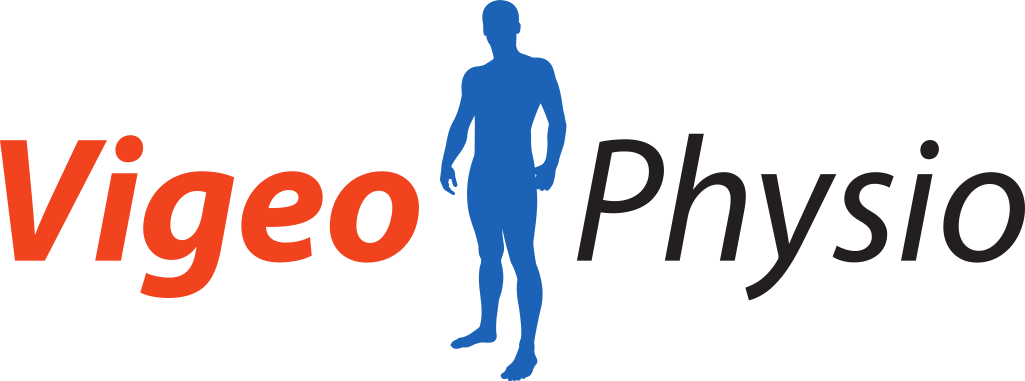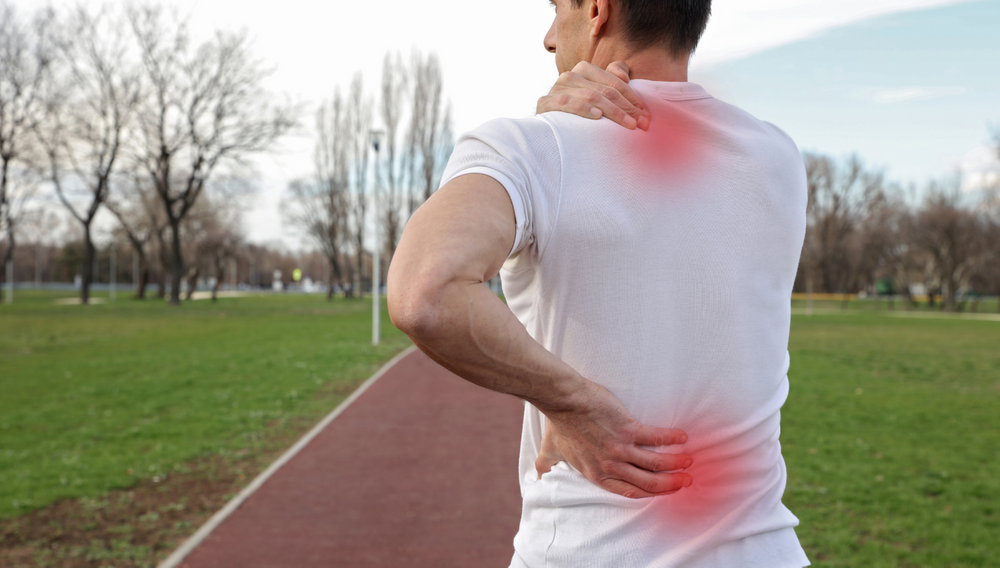Is it really Arthritis?
You had a scan and it says you have Arthritis...why bother having any treatment?

The scan results make you feel like your back pain is hopeless
Have you had a scan, or has someone told you that you have arthritis? Do you know what this means? How did it make you feel? Sometimes people receive a diagnosis that limits their focus. They stop trying to find a solution for what can be changed. Read on to learn more (and put arthritis back in its place).
Often, someone will experience pain, stiffness and swelling in a joint let’s say a back, a knee or a hip. Maybe it has reduced your ability to exercise because it is too weak or painful or it makes strange cracking/ popping sensations when it is moved. You go to your doctor with these concerns and the doctor refers you for a scan. The scan reveals osteoarthritis and you hear terms such as “degeneration”, “wear and tear”, “chronic” or “bone rubbing on bone”. Sounds scary right? But did you know that Osteoarthritis (OA) is one of the most common forms of arthritis and is commonly seen as part of the aging process. Yes, it does affect the joint and associated tissues and yes it is chronic – meaning it isn’t going away. But that does not mean it has to cause you pain.
Isn’t it about time your back feels different?
Studies show that a suitable arthritis physiotherapy rehabilitation program can significantly improve strength and mobility of your back.
Arthritis simply means inflammation of the joint. Osteoarthritis means change in the joint and can be diagnosed by a doctor or physiotherapist based on symptoms and movements or through medical imaging. Either way, everybody experiences OA differently and what is shown on the scan does not always correlate with what you are feeling. For example, pain seems to be associated with the pace of change within the back facet joints. Acute back injuries or sprains causes problems directly (e.g. disc bulge, lumbar facet joint sprain). Other problems develop slowly over a longer period (your brain may decide that there is no real danger to the tissues and therefore many people are not even aware they have “worn” joints). Some people have scans that show all sorts of changes but they have little or no symptoms. Others have a small problem (on scan) yet considerable pain/dysfunction. Stress/muscle tension and things that aren’t visible on scan could cause this situation to occur. Fortunately, your body has an amazing ability to overcome things that initially seem serious, are really disabling or appear to be significant injuries! Working with your physiotherapist towards a solution is a step by step process but designed to recover back to great again.
People can have OA yet continue to live well-functioning, non-impacted lives.
You can get great symptom relief for your back
Pain is one of the most limiting aspects that people can experience with OA. It is also commonly associated with a decrease in muscle strength as the associated pain can reduce people’s adherence to strength training. Due to the pain, many people also become fearful of moving or exercising, believing it will further damage the joint. This isn’t the case. The human body was designed to move and exercise has been proven in many studies to improve one’s symptoms. Joints, even painful ones enjoy movement. They rely on regular compression and movement to distribute the synovial (joint) fluid to provide hydration and nutrients to the joint. The bones rely on activity to help keep them strong and the brain also needs the regular sensory inputs from moving to help with your balance and posture. If you don’t move it, you lose it!
Joints need oxygen to function well. With better joint position, you will get more oxygen into the joint as it needs.
With treatment there is no one “quick fix” for this condition but most customers we treat with osteoarthritis are surprised that they gain so much benefit and symptom relief from arthritis physio. Treatment is based around improving what can be improved and symptom management. While pain relief medications and surgeries are options, studies are showing that exercise and mobility training can be just as effective, as well as goal setting and education about OA.
Posture Therapy can help with
- Establishing regular exercise that works
- Helping you to work within your body’s limits
- Improving your posture = better joint position in static and active activities
- Helping to establish appropriate muscle function in your body
Physiotherapy can help with
- Goal setting to help keep treatment suited to you
- Non-weight bearing exercise
- Appropriate exercises and stretches
- Hands on techniques to help with pain and swelling
- Electrotherapeutic modalities such as TENS
Maintain a healthy weight – exercise is important as it helps to maintain a healthy weight. Research has shown that losing 4.5kg in a healthy, controlled manner can remove 18kg of pressure from your knees. It also promotes the release of “feel good” hormones called endorphins which can boost your immune system and alter the way you experience pain.

Get great symptom relief for your back (arthritis) with Vigeo Physio.
What have you been told about your arthritis? More importantly, what do you BELIEVE about what you have been told?
Book an appointment today for back arthritis Posture Therapy & Physio at Vigeo

